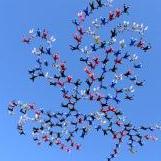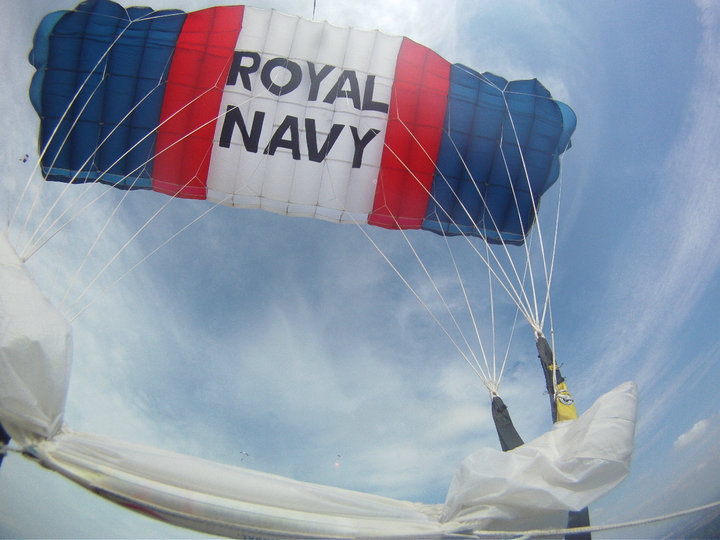Recommended Posts
another thing i was told about PLFs is that they were also designed bearing in mind having an empty container on your back with the reserve on the front, therefore when you roll you can twist your back on the reserve (especially with bulky student canopies). i experienced this as a student and my back was quite uncomfortable




In that respect it doesn't differ that much from other emergency*) procedures (i.e. cutting away a malfunctioned main canopy)
We teach this all the time with a suspended harness, stressing the necessity to be altitude aware, pull the handles in the right order etcetera.
Come to think of it, you could use the suspended harness for 'down wind training' in much the same way...(like where are your hands when you flare a canopy and it keeps going at 20+mph? Where are your feet, what happens with the pattern you are flying etcetera...)
When it is 'engraved in my system' to check my altitude before cutting away, how hard can it be to do the same with 'the last turn prior to landing'?
Some things in skydiving will inevitably be experienced under high stress conditions - we can train and explain, but when then planet starts to spin after opening or the pilotchute wont come out of its pocket our students are fundamentally on their own...
Those that can't stand the heath maybe should stay out of the kitchen...
*) though "emergency" may be a bit of an exageration when it is about downwind landings, the stretch of unobstructed landing area I need and the speed I make over the ground makes me keen on avoiding them as soon as there is significant wind. Maybe it's an age thing, but you'll have to put large obstacles in my landing path before I consider them when the wind is above 10 knts...
"Whoever in discussion adduces authority uses not intellect but memory." - Leonardo da Vinci
A thousand words...
Share this post
Link to post
Share on other sites